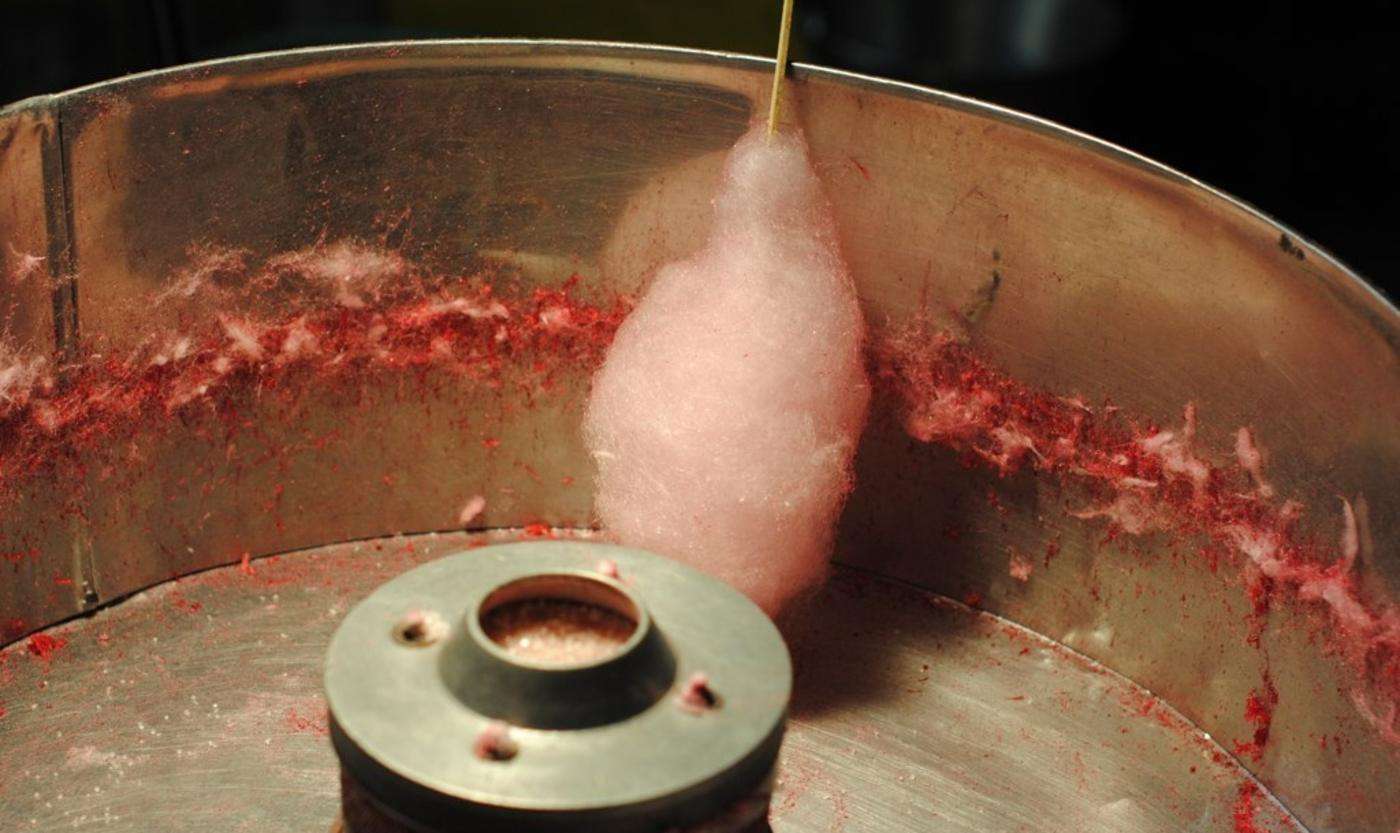His Invention For Renewable Energy Inspired by the Physics of Northern Lights Just Won the 2020 Dyson Prize
Carvey Ehren Maigue'sAuREUS invention harvests UV light and converts it into visible light to generate electricity.

A graduate student in physics is creating the most effective face mask, the N95, with little more than a wave of his hand.
Using a cotton candy machine, Mahesh Bandi of Okinawa Institute of Science and Technology Graduate University can create face masks more cheaply and faster than any other currently utilized industrial process.
That's because the unique but expensive electrocharged plastic foam filters that characterize an N95 can actually be made by taking lumps of regular plastic from objects like water bottles and shopping bags, heating them to a high temperature, and spinning them in a cotton candy machine until they form a mesh.
The mesh becomes electrically charged—the key aspect that allows them to filter 95% of particles—while it's spinning around the metal drum of the machine, and can be made more electro-sticky after Bandi cuts the mesh into squares and places them on the vent of an air ionizer.
Microscopic analysis and comparisons with certified N95 masks show Bandi's filters are as effective as stopping foreign particles, including SARS-CoV-2 viruses, from being inhaled.
In the early days of the pandemic, medical experts made clear that cloth masks, homemade or otherwise, or standard surgical masks, were not a very effective method of protection, but that N95s, the masks worn by people who really need to keep their mouth and nose secure, such as asbestos workers, were a seriously effective tool.
The mask design required a 3D-printer to create, and while it's not clear if the product can be mass-produced, Bandi's corresponding paper in the Proceedings of the National Academy of Sciences is a fascinating proof of concept.
SHARE News of This Fascinating Invention on Social Media…
Be the first to comment